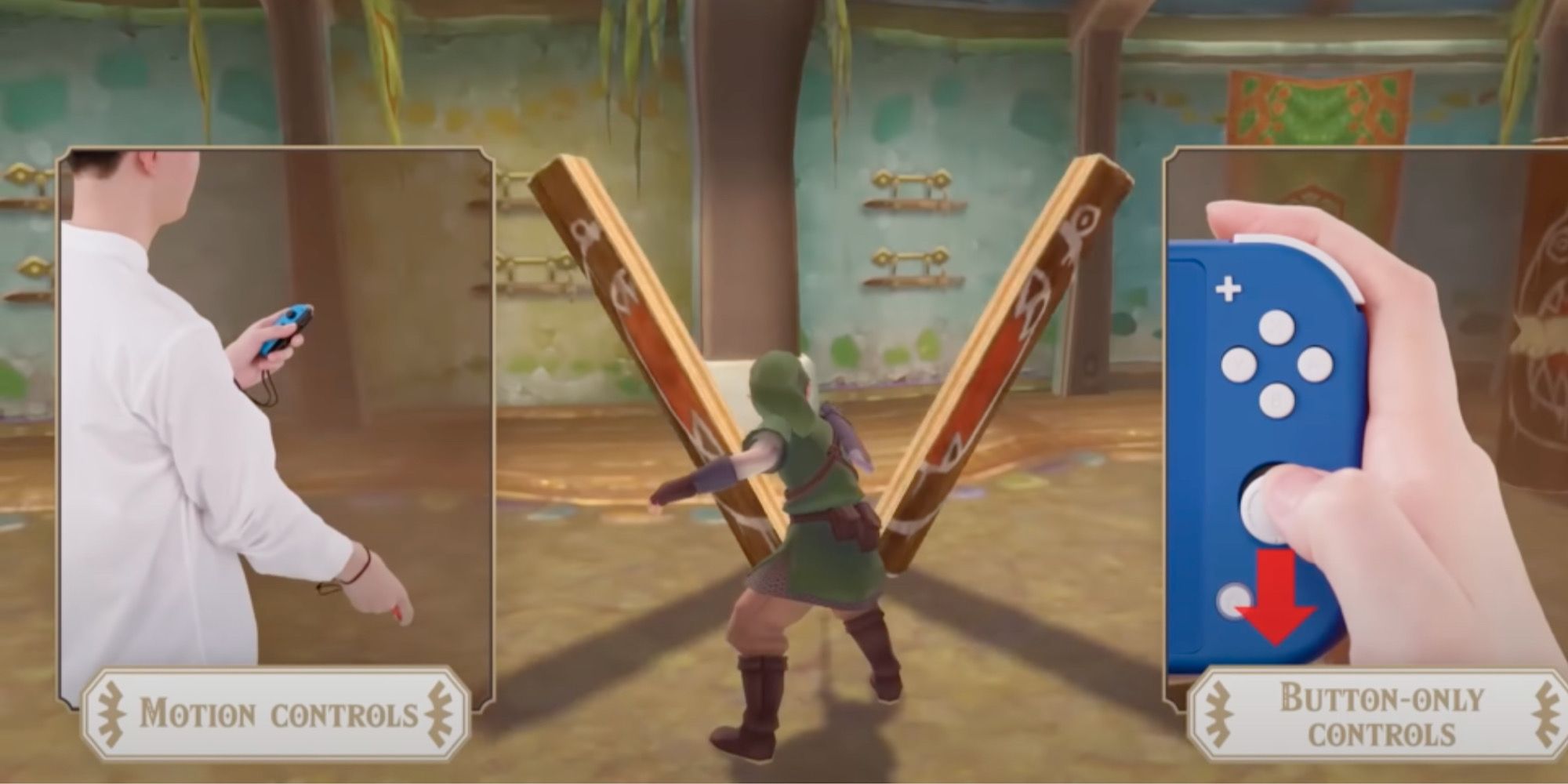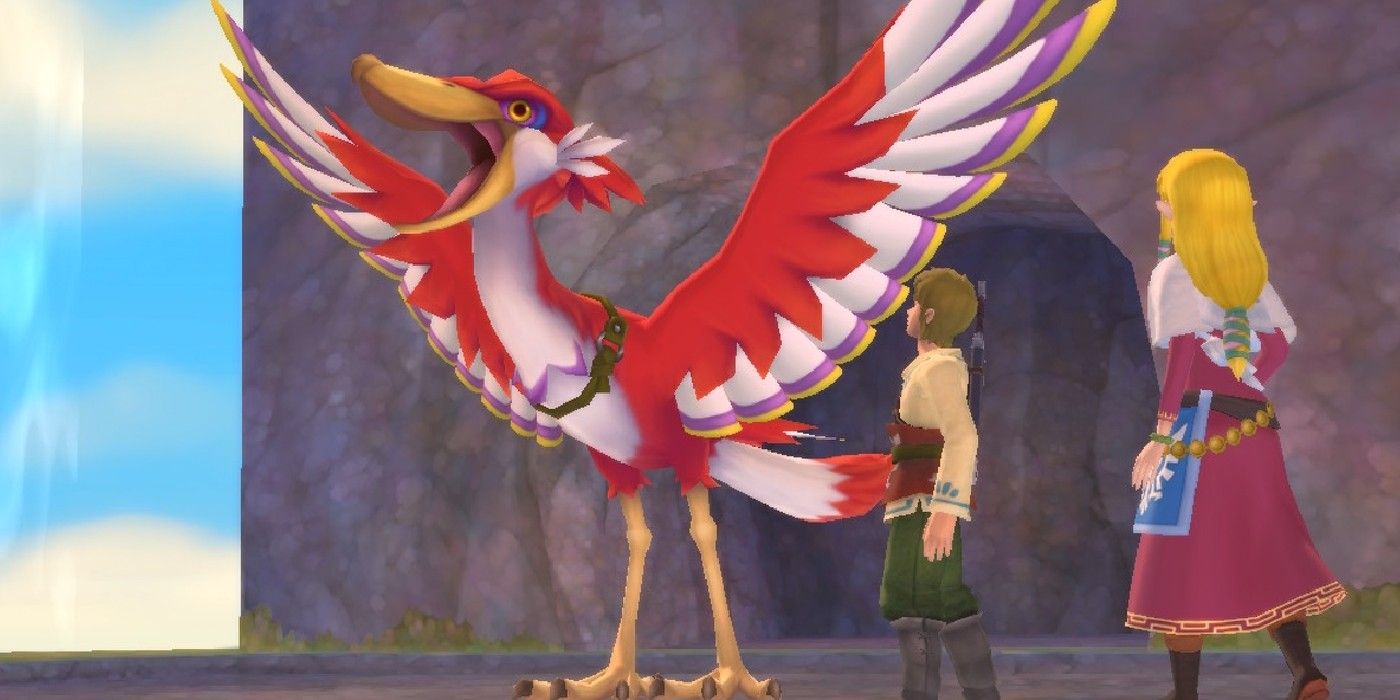The Legend of Zelda: Skyward Sword has recently been remastered for the Nintendo Switch, marking the game’s third release overall. The original Skyward Sword came out on the Wii in 2011 and again in 2016 on the Wii U. The first two versions of Skyward Sword have been the recipients of much criticism, mostly focused on the game's visuals, its linear story, and, for some, its motion controls. This time around, Nintendo has promised improvements.
Skyward Sword HD does not include any new content in the form of expanded story or additional areas to explore. Rather, this new Skyward Sword focuses on quality of life updates that maintain the game’s charm while improving upon fluidity and ease of play. Most obviously, Skyward Sword HD has greatly enhanced visuals from the other versions. In addition to advanced lighting and textures, the frame rate has doubled from the original 30 frames-per-second to 60. These quality of life improvements to Skyward Sword HD make the game worth revisiting even for fans who have played one of its earlier iterations.
One of the greatest improvements to Skyward Sword HD is the enhanced controls. The game takes advantage of the Switch’s versatility and allows the player to choose between advanced motion controls or button controls. These options make Skyward Sword accessible to those who want the nostalgic experience of playing the game as one would have originally with a Wii remote, or for those who prefer handheld, on-the-go gaming. These controls are only further improved by the added 360-degree camera controls, which allow players to appreciate the upgraded visuals from new angles.
Quality Of Life Updates Make Skyward Sword HD Better Than The Original
In general, Skyward Sword HD prioritizes story fluidity by cutting features from the original that disrupted gameplay. Some examples of this are quicker loading times, the ability to fast-forward through dialogue, and the ability to skip cutscenes. Additionally, Skyward Sword now has an autosave function and more than one save file. This is particularly helpful to players of previous versions who had to decide between playing in Hero Mode or keeping their completed save file. Skyward Sword's tutorials are cut down significantly, especially at the beginning of the game. Some tutorial sections are even optional, which expedites the player’s ability to get to main story elements.
Some of the best examples of more streamlined game mechanics are found with item collection and communicating with Fi. In the first two versions of Skyward Sword, the game would provide item descriptions and show the item increase in the player’s inventory each time an item was collected after a save. Likewise, Fi would repeatedly alert the player of information about how to play or where to go. In Skyward Sword HD, Link’s sword will glow when there is more information available and the player can decide for themselves if they want to hear from Fi or not. These changes not only improve game immersion but also make key components of the game (and characters themselves) more enjoyable. Overall, the changes made to Skyward Sword HD improve the game tremendously, making it a must-play for new and returning fans of the Legend of Zelda series.


